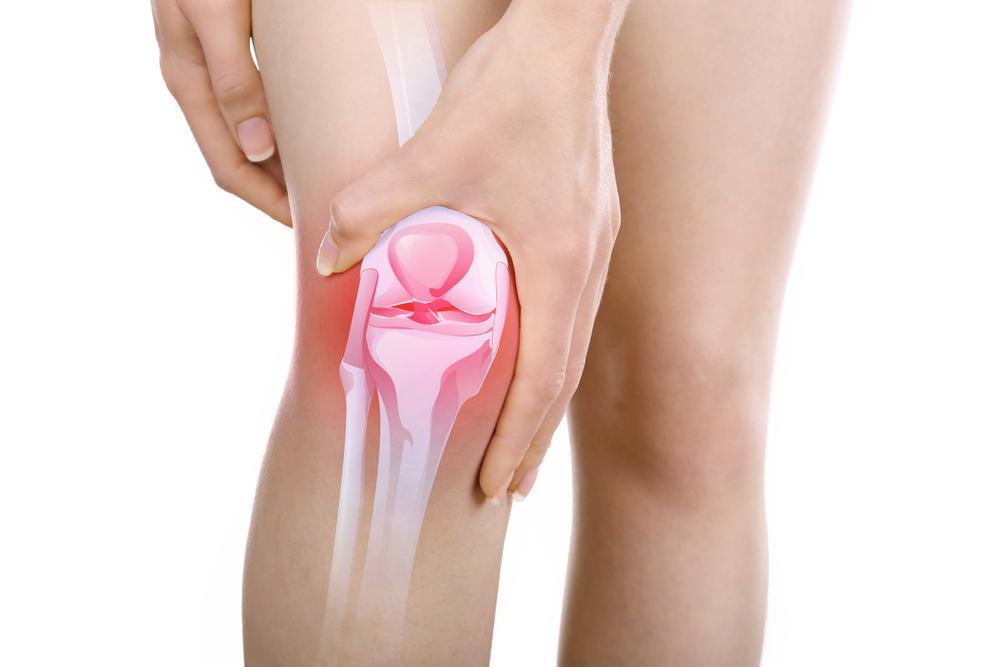Knee pain is a challenge faced by millions worldwide, impacting individuals of all ages and activity levels. Whether caused by sports injuries, wear and tear from ageing, or conditions such as osteoarthritis, knee discomfort can significantly limit mobility and affect the quality of life. Traditional treatment options often focus on alleviating symptoms, but they may not address the underlying causes of the problem. Recent advancements in regenerative medicine, particularly stem cell therapy, offer a revolutionary approach that is transforming the treatment of knee-related issues.
This article delves into why stem cell therapy is being hailed as the future of knee health and how it is helping individuals regain mobility and an active lifestyle.
The Knee: A Vital Yet Vulnerable Joint
The knee is one of the largest and most complex joints in the human body. It bears much of the body’s weight and facilitates essential movements such as walking, running, and climbing. However, this complexity also makes the knee highly susceptible to injuries and degenerative conditions.
Common Causes of Knee Problems
- Osteoarthritis: Cartilage deterioration due to ageing or overuse.
- Sports Injuries: Damage to ligaments, such as ACL tears, or meniscus injuries.
- Rheumatoid Arthritis: Autoimmune inflammation affecting the joint.
- Overuse and Strain: Repetitive activities leading to wear and tear.
- Trauma: Direct impact or falls that result in structural damage.
Addressing these issues often requires targeted treatments that not only provide relief but also promote healing within the joint itself.
What is Stem Cell Therapy?
Stem cell therapy is an advanced regenerative medicine technique that utilizes the body’s natural ability to heal itself. In the context of knee health, stem cell therapy involves harvesting the patient’s own stem cells and injecting them into the affected area to repair damaged tissues and promote regeneration.
The Science Behind Stem Cells
Stem cells are unique because of their ability to develop into various specialized cell types, such as cartilage, bone, or muscle cells. Additionally, they release growth factors and anti-inflammatory molecules that encourage the healing of damaged tissues.
The two primary sources of stem cells used in therapy are:
- Bone Marrow-Derived Stem Cells: Extracted from the patient’s bone marrow, these cells are rich in mesenchymal stem cells (MSCs), which are highly effective in cartilage regeneration.
- Adipose Tissue-Derived Stem Cells: Harvested from fat tissue, these cells also contain MSCs and are commonly used for joint treatments.
How Stem Cell Therapy Works for the Knee
Stem cell therapy for the knee involves a straightforward and minimally invasive procedure:
- Stem Cell Harvesting: Stem cells are collected from the patient’s bone marrow or adipose tissue.
- Processing: The harvested stem cells are processed to concentrate them and ensure a high density of regenerative cells.
- Injection: The concentrated stem cells are injected directly into the knee joint, often guided by imaging technology for precision.
Once inside the joint, the stem cells work by:
- Repairing damaged cartilage and other tissues.
- Reducing inflammation within the joint.
- Enhancing the body’s natural regenerative processes.
Benefits of Stem Cell Therapy for Knee Health
Stem cell therapy offers numerous advantages over traditional treatments, making it an increasingly popular choice for individuals seeking effective and long-lasting solutions.
1. Promotes Natural Healing
Unlike temporary solutions such as medication or corticosteroid injections, stem cell therapy stimulates the body’s own repair mechanisms, addressing the root cause of joint issues.
2. Minimally Invasive
As a non-surgical procedure, stem cell therapy avoids the risks, extended recovery times, and potential complications associated with invasive surgeries like total knee replacement.
3. Reduces Inflammation
Stem cells release anti-inflammatory factors that help reduce swelling and discomfort in the knee joint, enabling improved function and mobility.
4. Improves Joint Function
Patients often report enhanced flexibility and range of motion after undergoing stem cell therapy, allowing them to resume daily activities and enjoy an active lifestyle.
5. Delays or Eliminates the Need for Surgery
For individuals considering surgical options, stem cell therapy may offer an effective alternative that delays or even eliminates the need for invasive procedures.
Why Stem Cell Therapy is the Future
Stem cell therapy is not just a breakthrough treatment—it represents a paradigm shift in how knee-related issues are approached. Here’s why it is being hailed as the future:
Personalized Medicine
Since the treatment uses the patient’s own cells, it is tailored to their specific needs, minimizing the risk of rejection or adverse reactions.
Advancements in Research
Ongoing research in regenerative medicine is continuously improving the efficacy of stem cell treatments. Innovations in stem cell harvesting, processing, and delivery methods are making the therapy more accessible and effective.
Long-Term Solutions
Stem cell therapy focuses on restoring the structural integrity of the knee, providing lasting solutions rather than temporary relief.
Increasing Awareness and Adoption
As more studies validate the effectiveness of stem cell therapy, it is gaining acceptance among medical professionals and patients alike as a safe and viable option.
Real-Life Success Stories
Many individuals have experienced life-changing benefits from stem cell therapy. Here are two examples:
Case 1: Avoiding Surgery
A 58-year-old patient with severe cartilage damage in the knee was advised to undergo knee replacement surgery. Instead, they opted for stem cell therapy. Within six months, they experienced significant improvements in mobility and a reduction in discomfort, avoiding the need for surgery altogether.
Case 2: Returning to Sports
A 34-year-old amateur athlete suffered a meniscus tear that limited their ability to participate in sports. After receiving stem cell therapy, they regained joint function and were back on the field within a few months.
Conclusion
Stem cell therapy is revolutionizing the way knee-related issues are treated, offering a safe, effective, and minimally invasive alternative to traditional approaches. By leveraging the body’s natural healing mechanisms, this innovative therapy provides individuals with a chance to restore their mobility and reclaim their active lifestyles.
As awareness and accessibility continue to grow, stem cell therapy is poised to become a cornerstone of regenerative medicine, transforming the lives of countless individuals.






